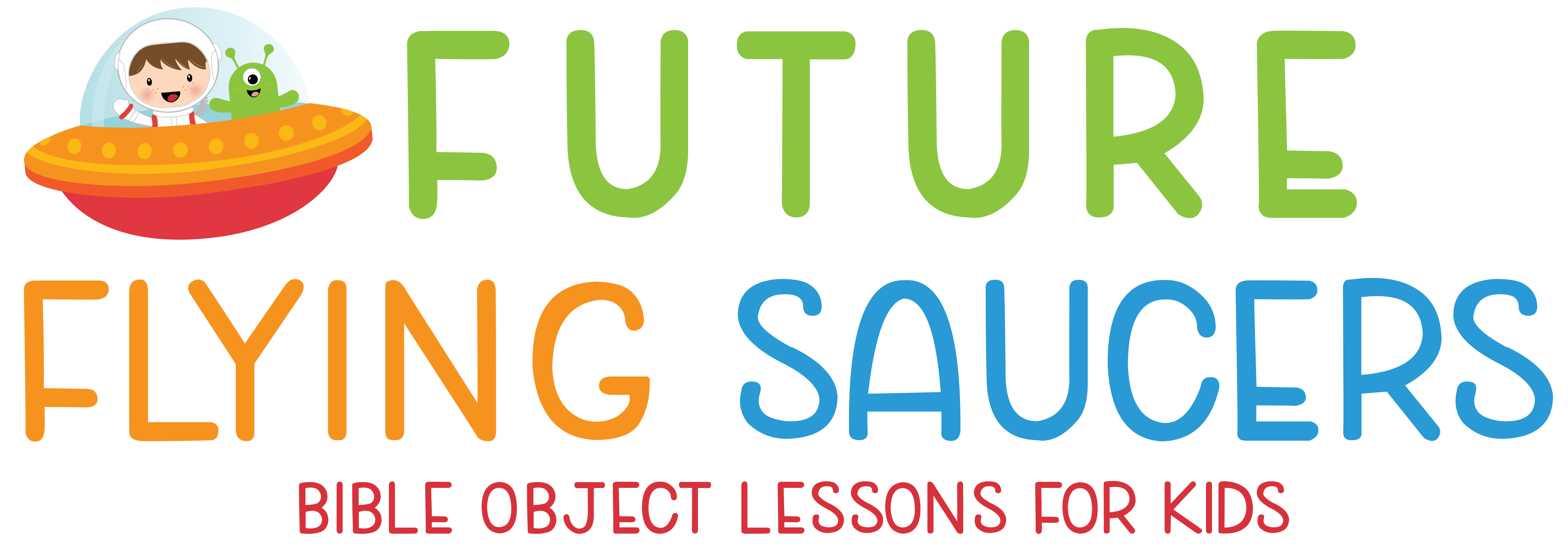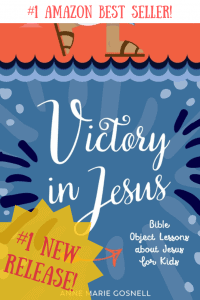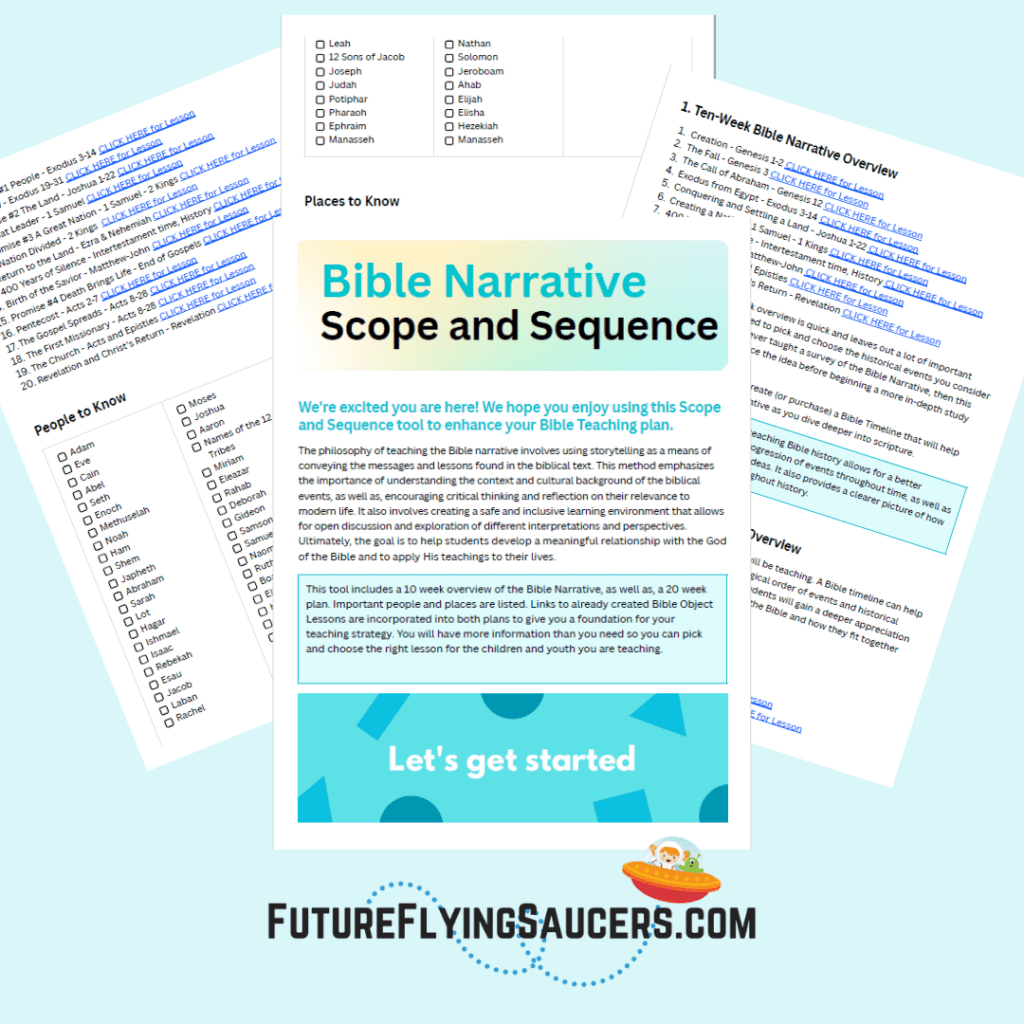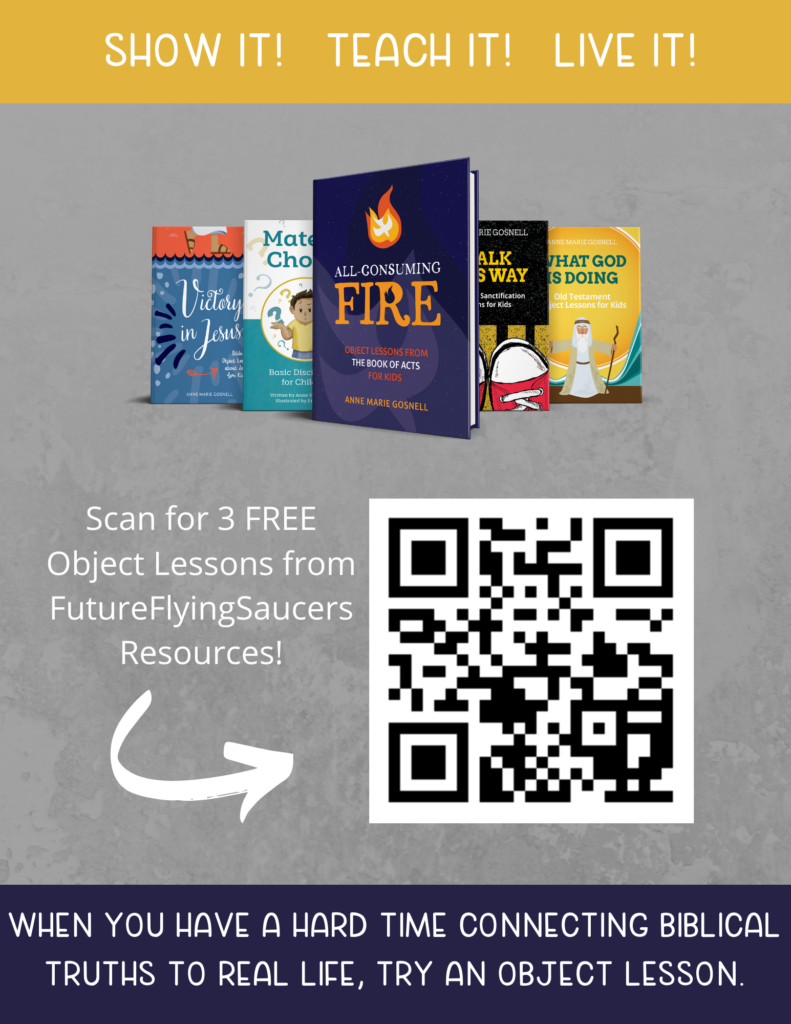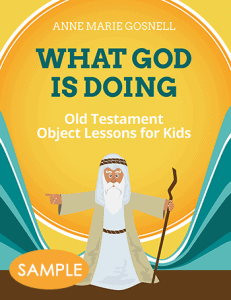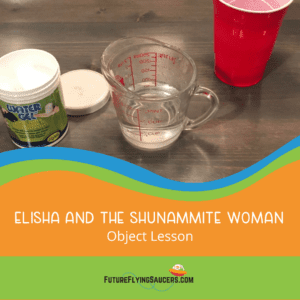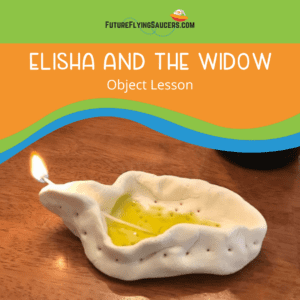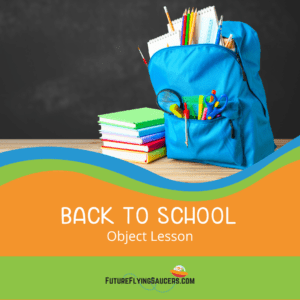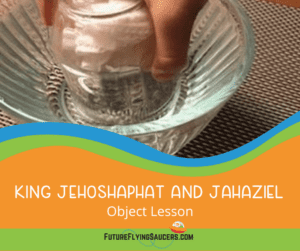Share with your friends!
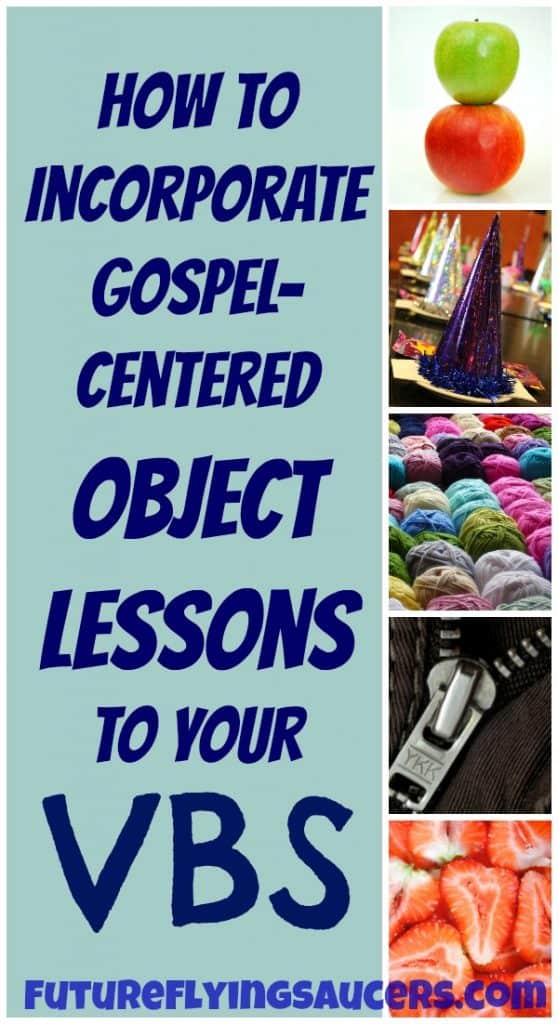
Just think. You have been given the opportunity to share the best news of hope with the kids and possibly even the parents that you come in contact with through VBS.
Some publishing companies get this…and some don’t. Sometimes you can follow your prepackaged material and have awesome gospel connections. But many times you can’t. Often a Bible story or lesson is reduced to a story with a moral. This isn’t all bad. But it does miss an opportunity to encourage yourself and the kids you are teaching with the truth and the hope of the gospel.
At VBS you can’t afford to miss opportunities like this. You have new students in your church and in your class. You may only have ONE DAY with that student. Make sure that he leaves having heard that they have HOPE through Jesus!
Here are three simple steps that you can use to incorporate the gospel into any prepackaged lesson. Be sure to read to the end to get a printable with 5 more ways to share the gospel at VBS!
The WHOLE Bible is pointing to Jesus. There will be a connection.
Everything in the Old Testament is pointing forward to Jesus. Everything in the gospels is about Jesus. And all of the epistles (letters) and Revelation are pointing back to Jesus. So there is a connection to Jesus. You may just have to search a little to find it!
Look for parallels to the gospel first. If you find a simple parallel to the gospel, great! You have your gospel connection.
For example, Joseph in the Old Testament has a lot of parallels to the gospel. Joseph was punished for something that he didn’t do. Jesus was crucified for sins that He didn’t commit. Joseph forgave his brothers for the terrible things that they had done to him. Jesus forgives us for the sins that we commit against Him.
If you don’t quickly see a parallel, consider how God helped the person in your story. David faced the giant Goliath. I don’t recall anywhere that Jesus stands up to a giant. But, David trusted God to rescue him and his people from the Philistines. We can trust God to rescue us from our sin problem. God sent Jesus to be our rescuer.
If you are still struggling, set your lesson aside and as you go through your day, reflect on it and how it could tie to the gospel. Once you start connecting all things in the Bible to the gospel, you find that the connections come easier to you.
Make the gospel connection kid-friendly.
Some keywords that I often use when presenting the gospel to kids are really good words for kids to know, but often are words they don’t readily understand.
For example, God is Holy. Holy means that God is completely set-apart from sin. He can’t be near it. God is in heaven. Because we have sin in our lives, we can’t be close to God in heaven until our sin problem is fixed.
Some other terms that I use are:
Sin – sin is anything that we think, say, or do that displeases God. Sin separates us from God.
Repent – repent means to turn away from your sin and the direction that you were going and to turn to towards God.
Created – God created us. Because of this, we are responsible to Him and what He expects of us. God expects us to be perfect. But we aren’t. We all sin.
Confess – confess means to “say the same thing” or agree about something. When we confess to God that we are sinners and have sinned, we are agreeing with God that our sin is bad and that it doesn’t please God.
Trust – trust means to put all your confidence or all of your faith in God. It means that you are believing that only God can forgive your sin.
Forgive – forgiveness is a promise. It is a promise that God won’t hold our sin against us.
Connect the gospel and the story to a common object. This will trigger a memory of the gospel, or even just a piece of the gospel, when kids see that common object.
This is where the object lesson comes in! When you connect the gospel and your story to a common object, you are creating a memory for kids. Often when kids see that common household object in their homes, they will remember how you used that object to connect to Jesus!
A unique object lesson that I used at VBS included raw cookie dough (the edible and eggless kind). To make cookie dough, you use ingredients that don’t taste good by themselves. Like flour. Or baking powder? Blah. That is like taking one aspect of the Christian life and hoping that it will get you to heaven. But just going to church is like eating a spoonful of flour. Going to church doesn’t save you. You have to have the right ingredients mixed together to save you. Just like you have to have the right ingredients mixed together to make good cookie dough. Cookie dough just takes more ingredients. Romans 10:9 says that we must confess with our mouths and believe in our hearts that Jesus is Lord to be saved. We must say the same thing about our sin that God does and believe in what Jesus did on the cross to be saved.
If you want to add more gospel-centered object lessons to your VBS program, click here to get a printable list of 5 different activities! I hope that you are encouraged to make sure to tie each VBS lesson to the gospel!

